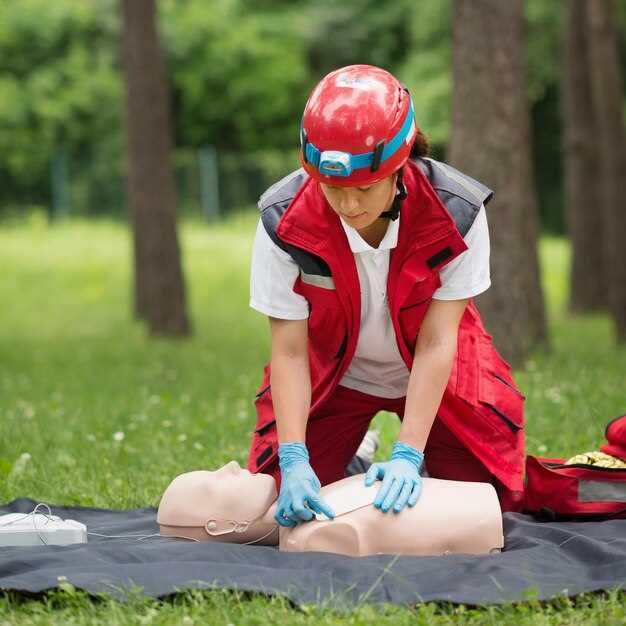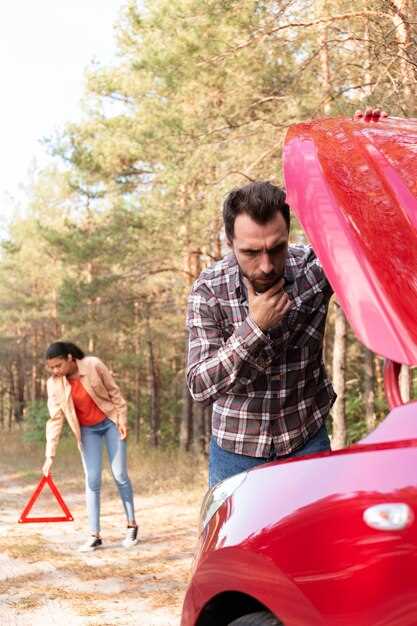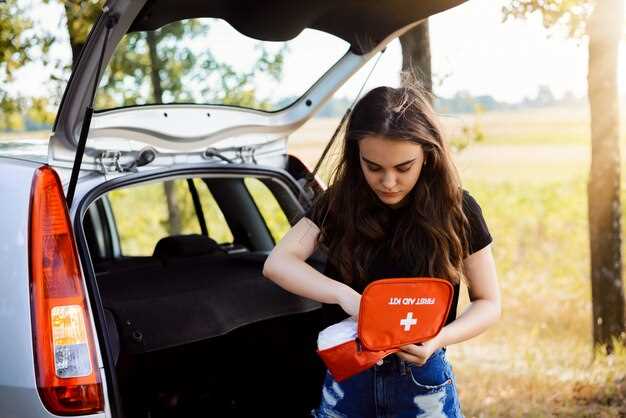
Off-roading provides thrilling adventures, but it also carries inherent risks. For those who venture into rugged terrains, understanding first aid can make a significant difference in preventing and managing injuries. Whether you’re traversing through bumpy trails or crossing rivers, knowing basic first aid techniques is essential for your safety and the well-being of your companions.
In the unpredictable world of off-road driving, accidents can happen at any moment. From minor scrapes to more serious incidents, being prepared can mitigate the severity of injuries. This article outlines essential first aid tips tailored specifically for off-road drivers, enabling you to respond effectively in emergencies and enhance your safety on the trails.
Equipping yourself with first aid knowledge not only empowers you but can also create a safer environment for all off-road enthusiasts. By prioritizing safety protocols and understanding how to address common injuries, drivers can enjoy the thrill of off-road driving while minimizing risks. Let us explore these vital first aid tips to ensure your adventures remain both exciting and safe.
How to Manage Cuts and Scrapes Sustained During Off-Roading

Cuts and scrapes are common injuries while off-roading due to rough terrain and potential falls. Managing these injuries effectively is crucial for your safety and overall experience. Start by assessing the wound to determine its severity. If the cut is deep or bleeding profusely, seek medical attention immediately.
For minor cuts and scrapes, follow these first aid steps to properly manage the injury:
1. Clean the Wound: Gently rinse the affected area with clean water to remove dirt and debris. Avoid using soap directly in the wound as it can cause irritation.
2. Stop the Bleeding: Apply gentle pressure with a clean cloth or bandage until the bleeding stops. If blood soaks through, do not remove the initial cloth; instead, add more layers on top.
3. Apply an Antiseptic: Once the bleeding has stopped, apply an antiseptic solution or ointment to prevent infection. Ensure the product is suitable for open wounds.
4. Cover the Wound: Place a sterile bandage or dressing over the cut or scrape to protect it from dirt and bacteria. Change the bandage daily or whenever it becomes wet or dirty.
5. Monitor for Infection: Keep an eye on the wound for signs of infection, such as increased redness, swelling, or pus. If any of these symptoms appear, consult a healthcare professional promptly.
6. Keep the Area Clean and Dry: Maintain good hygiene around the injury to promote healing. Avoid soaking the wound in water, such as in lakes or rivers, where contaminants may enter.
Being prepared with a well-stocked first aid kit can help you respond quickly to cuts and scrapes while off-roading. Keep basic supplies like antiseptic wipes, adhesive bandages, and gauze pads with you during your adventures.
Steps to Take for Sprains and Fractures on the Trail
When off-roading, injuries such as sprains and fractures can occur unexpectedly. It is essential to act quickly and efficiently to minimize further damage and ensure proper healing. The first step is to assess the injury. Look for swelling, deformity, or severe pain, which can indicate a fracture. If the affected area is not seriously misaligned and movement is possible, it may be a sprain.
Once you have assessed the injury, implement the R.I.C.E. method: Rest, Ice, Compression, and Elevation. First, rest the injured area to prevent further strain. Apply a cold pack or ice wrapped in a cloth for about 15-20 minutes to reduce swelling. Ensure that the ice does not come into direct contact with the skin to prevent frostbite. Following this, use an elastic bandage to wrap the injury tightly but not so much that circulation is cut off. While resting the affected area, elevate it above the level of the heart to further decrease swelling.
If you suspect a fracture, refrain from moving the injured area. Immobilize the limb using available items, such as a jacket or sturdy stick, to keep it stable until help can be reached. Avoid attempting to realign or push on the injury, as this can worsen the condition.
Always carry a first aid kit while off-roading. Include splints, bandages, and ice packs to treat sprains and fractures effectively. If the injury seems serious and transport is difficult, contacting emergency services or using GPS for location assistance is crucial. Remember that when dealing with injuries, your safety and well-being come first. Seek professional medical attention as soon as possible, even if the injury appears manageable at the moment.
Essential First Aid Supplies Every Off-Road Driver Should Carry

Off-road driving can present unexpected challenges, and injuries can occur despite precautions. Having a well-stocked first aid kit is essential for any off-road driver. Below is a list of crucial supplies that should be included in every first aid kit to effectively address common injuries:
Adhesive Bandages: These are vital for treating minor cuts and scrapes. Select various sizes to accommodate different wound types.
Gauze Pads and Adhesive Tape: For larger wounds, gauze pads combined with adhesive tape provide pressure and protection. This combination is essential in managing bleeding.
Antiseptic Wipes: Maintaining cleanliness is critical for preventing infections. Antiseptic wipes can be used to clean wounds before applying dressings.
Antibiotic Ointment: Alongside antiseptic wipes, an antibiotic ointment helps in warding off infections once wounds are treated.
Elastic Bandage: Useful for sprains and strains, elastic bandages can stabilize injuries and reduce swelling.
Cold Packs: Instant cold packs help alleviate pain and swelling from injuries such as sprains or bruises. They are especially effective in the immediate aftermath of an injury.
Scissors and Tweezers: Scissors are necessary for cutting gauze and tape, while tweezers assist in removing splinters or debris from wounds.
Pain Relievers: Over-the-counter medications like ibuprofen or acetaminophen can be essential for managing pain after an injury occurs.
First Aid Manual: A compact guide or manual provides quick reference instructions on how to handle various injuries, ensuring correct application of aid in emergencies.
Emergency Blanket: An emergency thermal blanket can be crucial in preventing shock and maintaining body temperature after an injury, especially in remote areas.
Being prepared with these essential first aid supplies can greatly enhance safety for off-road drivers by ensuring prompt and effective aid to injuries that may arise in the wild.




